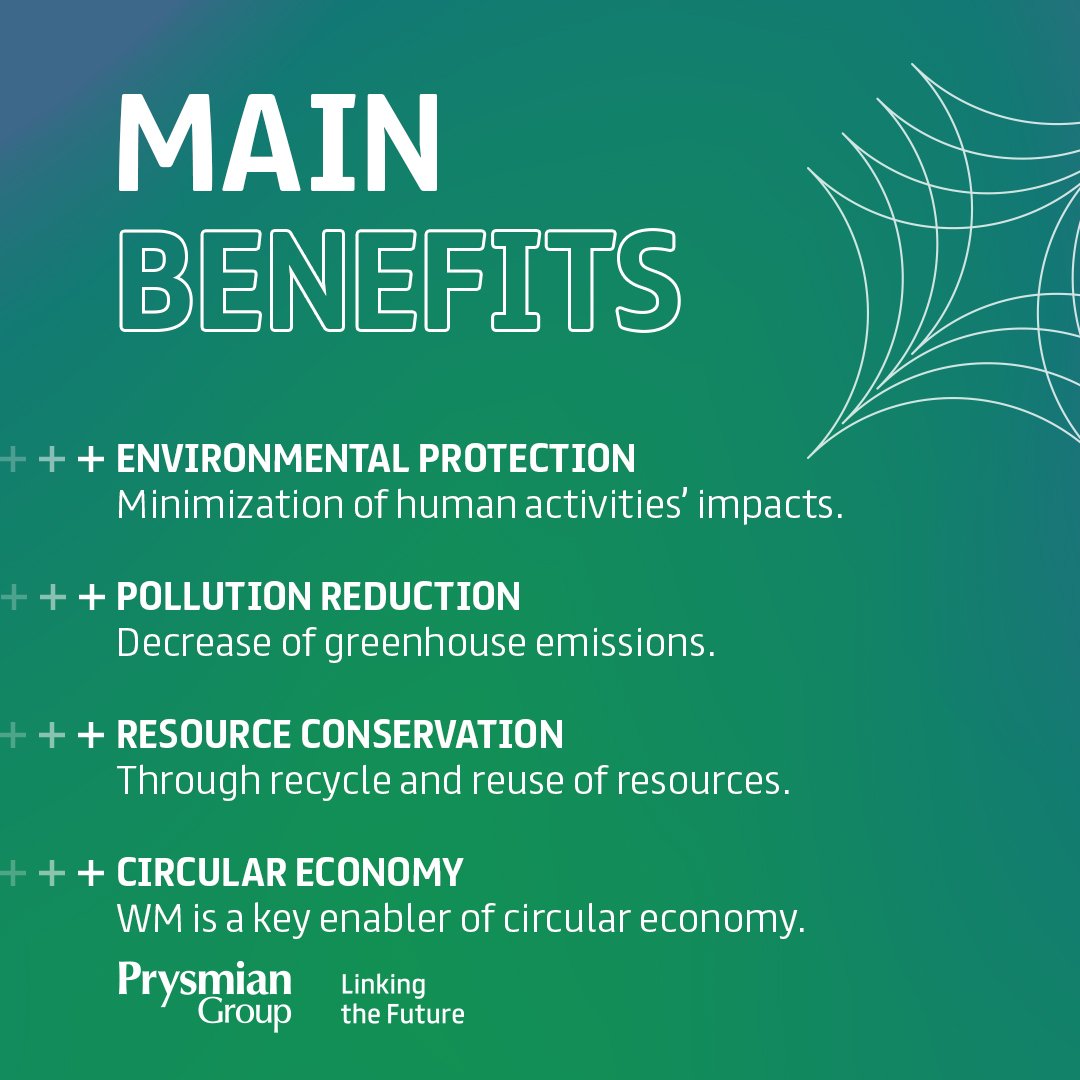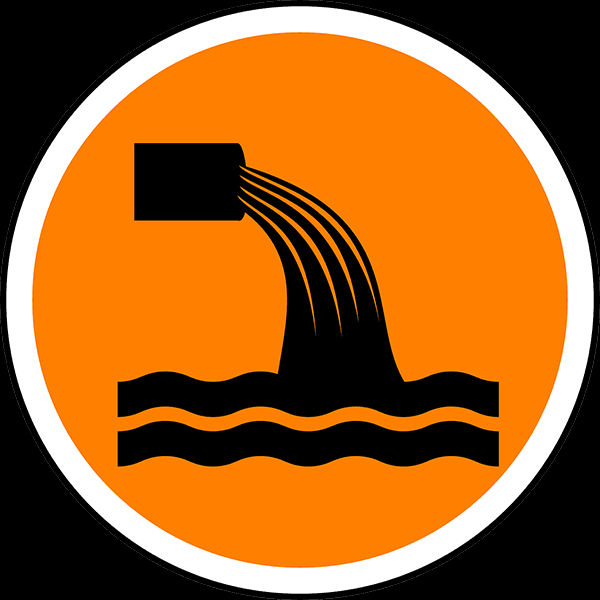Top Guidelines Of Reclaim Waste
Top Guidelines Of Reclaim Waste
Blog Article
The Definitive Guide to Reclaim Waste
Table of ContentsAn Unbiased View of Reclaim WasteThe 30-Second Trick For Reclaim WasteEverything about Reclaim WasteThe Single Strategy To Use For Reclaim WasteThe Best Strategy To Use For Reclaim Waste
Residential sewage waste refers to the waste and items from a residential septic storage tank. The correct management and disposal of residential sewer waste call for liquid waste to be moved to a sewer therapy plant where the appropriate techniques and equipment are applied to purify and dispose of waste.
Commercial waste usually includes prospective hazards, such as combustible products or a combination of fluid and solid waste items, and calls for an extra advanced and detailed disposal process. The disposal of commercial waste commonly entails the filtration of waste prior to transportation to make certain risk-free and proper disposal. Hazardous waste is developed from by-products and runoff of industrial procedures and manufacturing.
This kind of waste can not make use of the very same sewer administration transportation or processes as septic or commercial fluids. The hazardous waste administration process requires the evaluation and screening of fluid waste before it undertakes the disposal procedure (liquid waste removal melbourne). Drainage waste is the fluid waste that originates from runoff and excess stormwater in very populated areas or cities
Drainage waste can cause contamination and flooding if not dealt with properly. Guaranteeing appropriate waste monitoring can stop calamities and reduce ecological harm.
Little Known Facts About Reclaim Waste.
Contact PROS Solutions today to discover our waste administration and disposal solutions and the correct methods to look after the liquid waste you produce.
(https://packersmovers.activeboard.com/forum.spark#comment-71317007)This supposed 'wastewater' is not only an important source however, after therapy, will certainly be launched to our land, waterways or the sea. Utilized water from bathrooms, showers, baths, kitchen area sinks, washings and commercial processes is known as wastewater.

water used to cool equipment or tidy plant and equipment). Stormwater, a kind of wastewater, is runoff that flows from agricultural and city locations such as roof coverings, parks, yards, roads, paths and gutters into stormwater drains, after rain. Stormwater flows without treatment straight to neighborhood creeks or rivers, eventually getting to the sea.
7 Simple Techniques For Reclaim Waste
In Queensland, a lot of wastewater is treated at sewage treatment plants. Wastewater is carried from domestic or industrial sites via a system of drains and pump terminals, recognized as sewerage reticulation, to a sewer therapy plant. City governments construct, preserve and operate most blog here sewage treatment plants. Operators are certified under the Environmental Management Act 1994 to release cured wastewater at an acceptable environmental requirement right into waterways.
The Department of Natural Resources recommends regional federal governments concerning managing, operating and keeping sewerage systems and treatment plants. In unsewered locations, regional governments might need householders to set up specific or home sewage treatment systems to deal with domestic wastewater from bathrooms, cooking areas, restrooms and laundries. The Department of Natural Resources authorises the use of house systems when they are shown to be effective.
In some brand-new subdivisions, treatment of some stormwater to remove trash, sand and crushed rock has begun utilizing gross contaminant traps. Wastewater therapy takes place in four stages: Removes strong matter.
Uses tiny living microorganisms recognizes as micro-organisms to damage down and get rid of staying dissolved wastes and great fragments. Micro-organisms and wastes are included in the sludge.
The 9-Second Trick For Reclaim Waste
Nutrient removal is not offered in any way sewer treatment plants due to the fact that it requires expensive specialized tools. It is coming to be more common in Queensland. Clear fluid effluent produced after treatment might still consist of disease-causing micro-organisms. If this effluent is released into rivers such as rivers or the sea, the micro-organisms will at some point pass away out.

This generally indicates wastewater has to be dealt with or pollutants removed prior to it can be discharged to rivers. Many wastewater flows into the sewerage system. Under the Act, local federal governments provide authorizations and licences for eco relevant tasks (Periods) including wastewater launches that may have a local effect. The department provides authorizations and licences to Periods entailing wastewater releases that could have a regional or statewide influence.
The Greatest Guide To Reclaim Waste
Otherwise, samples are taken for laboratory analysis. Commonly lots of tests are needed to establish the levels of each of the different toxins such as oils, heavy metals and pesticides in water. Monitoring gives valid information concerning water top quality and can validate that permit conditions are being satisfied. The info acquired with monitoring offers the basis for making water quality decisions.
Report this page